Introductory Psychology Open Course: Unit 4
Sensation & Perception
In this unit we'll look at how we our senses receive information about the world, and how we process that sensory information to guide our thought and behavior. We'll be looking at the limitations of our senses, the challenges of identifying these thresholds, and the details of how information from each sense is collected and interpreted by different areas of the brain. There will be a natural emphasis on vision, which humans are exceptionally good at compared to most other animals, and which requires a great deal of processing to interpret. Finally, we'll consider how our senses interact, and the role that experience plays in shaping our perception.
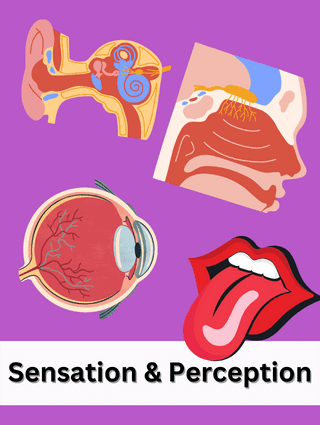
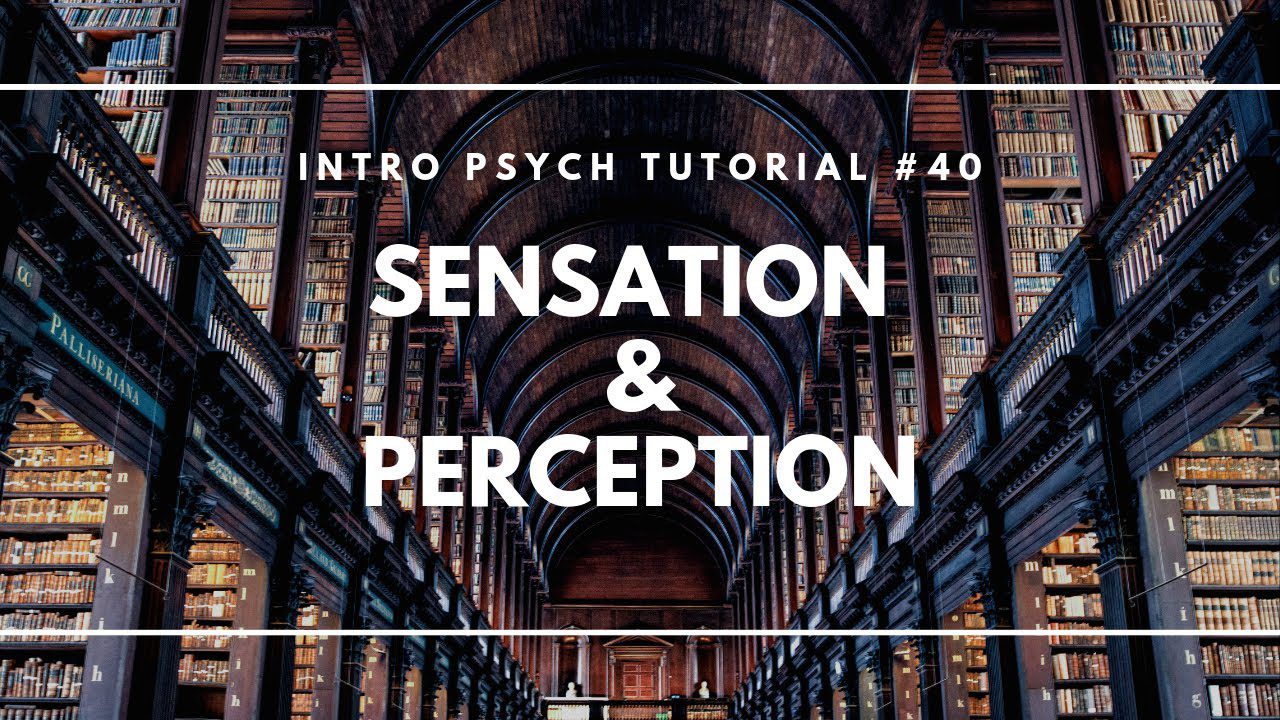
The difference between the terms sensation & perception
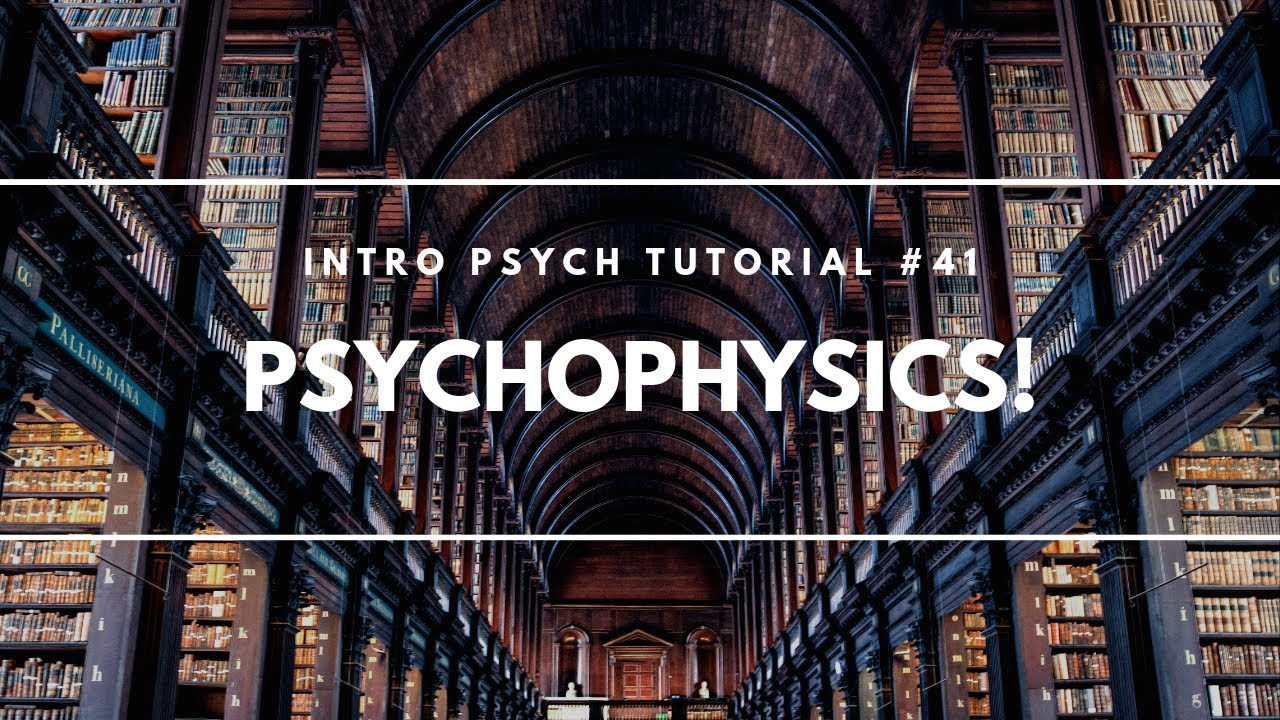
Investigating the sensitivity and limits of our senses

The challenge of separating signals from noise
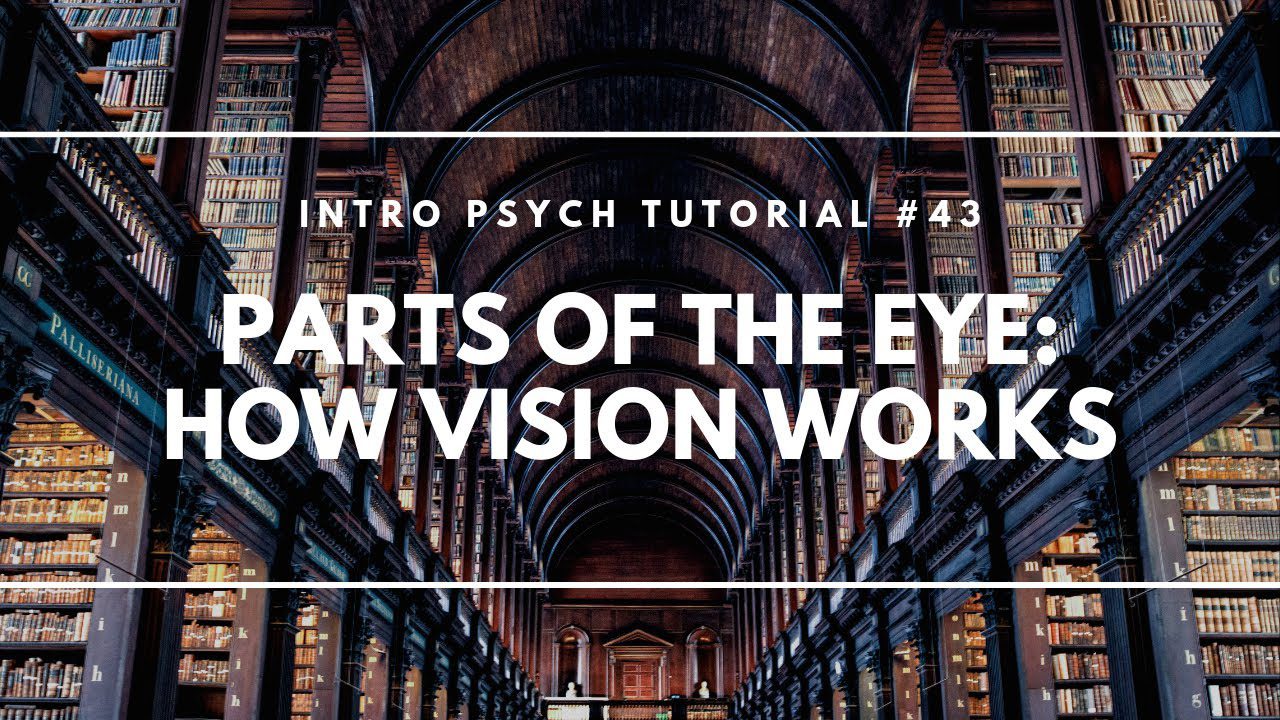
Eye structures and their functions
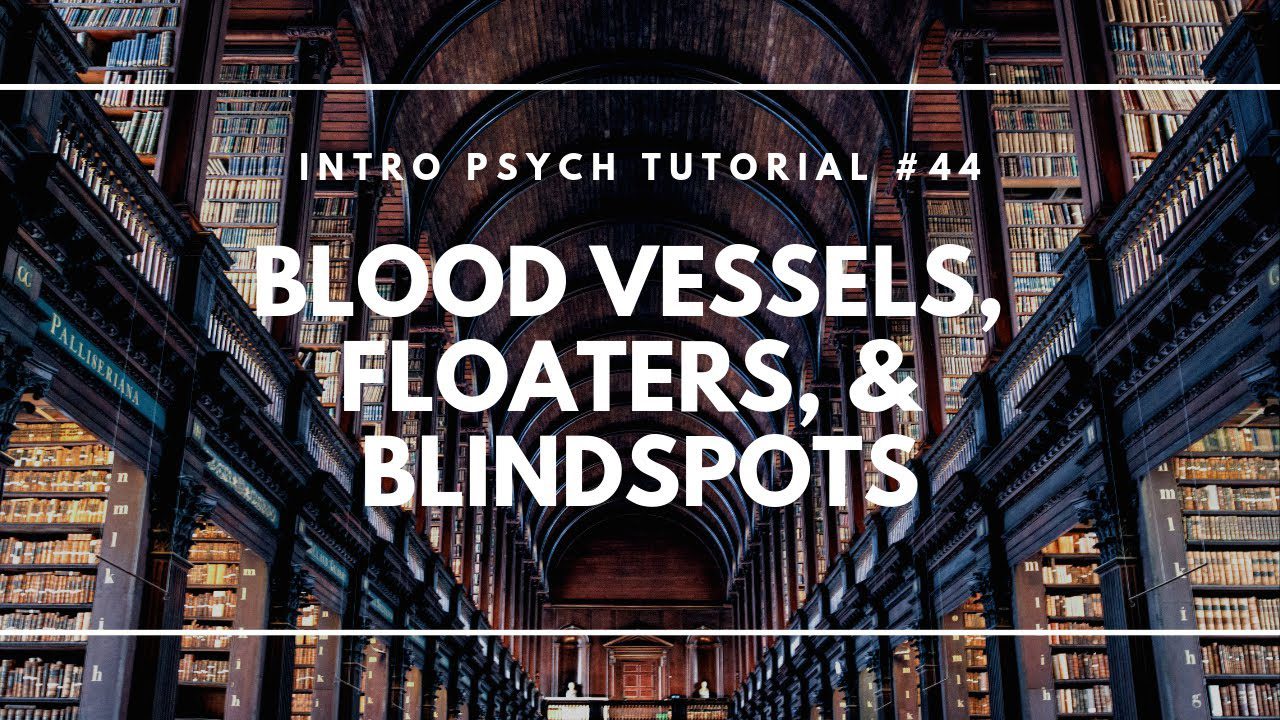
Blood vessels, floaters, and blindspots in our visual field
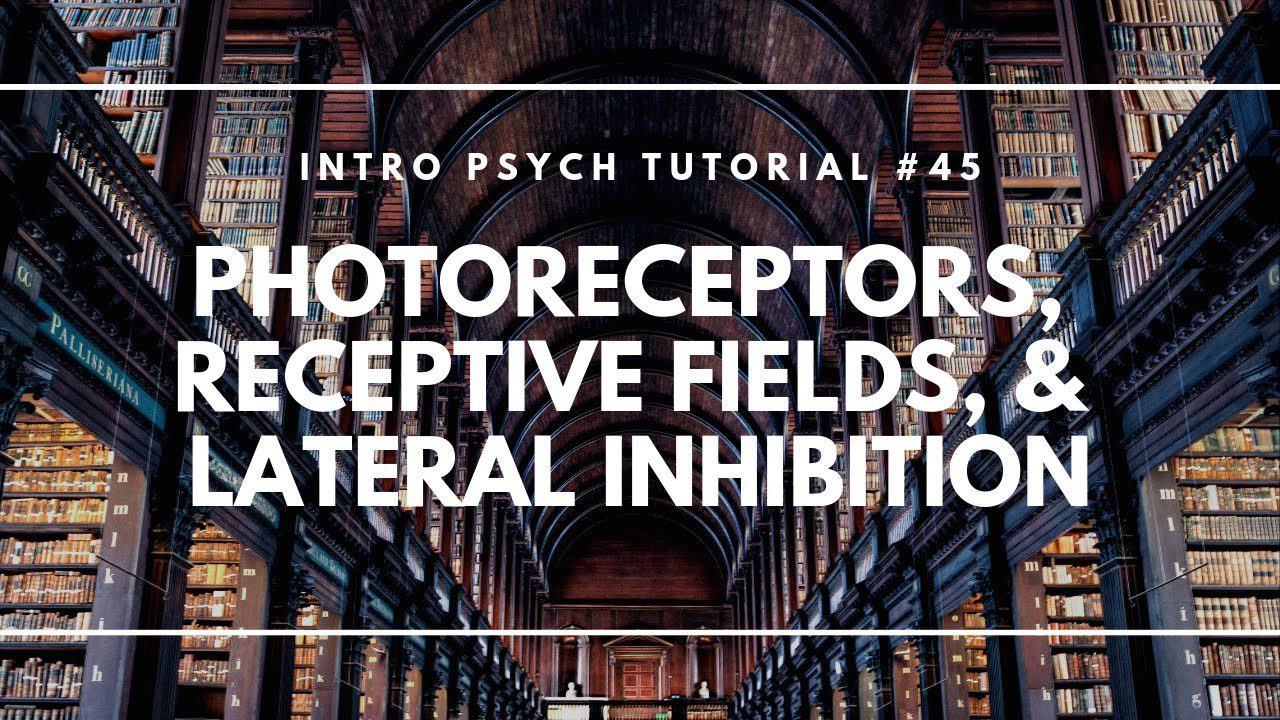
How photoreceptors work in groups
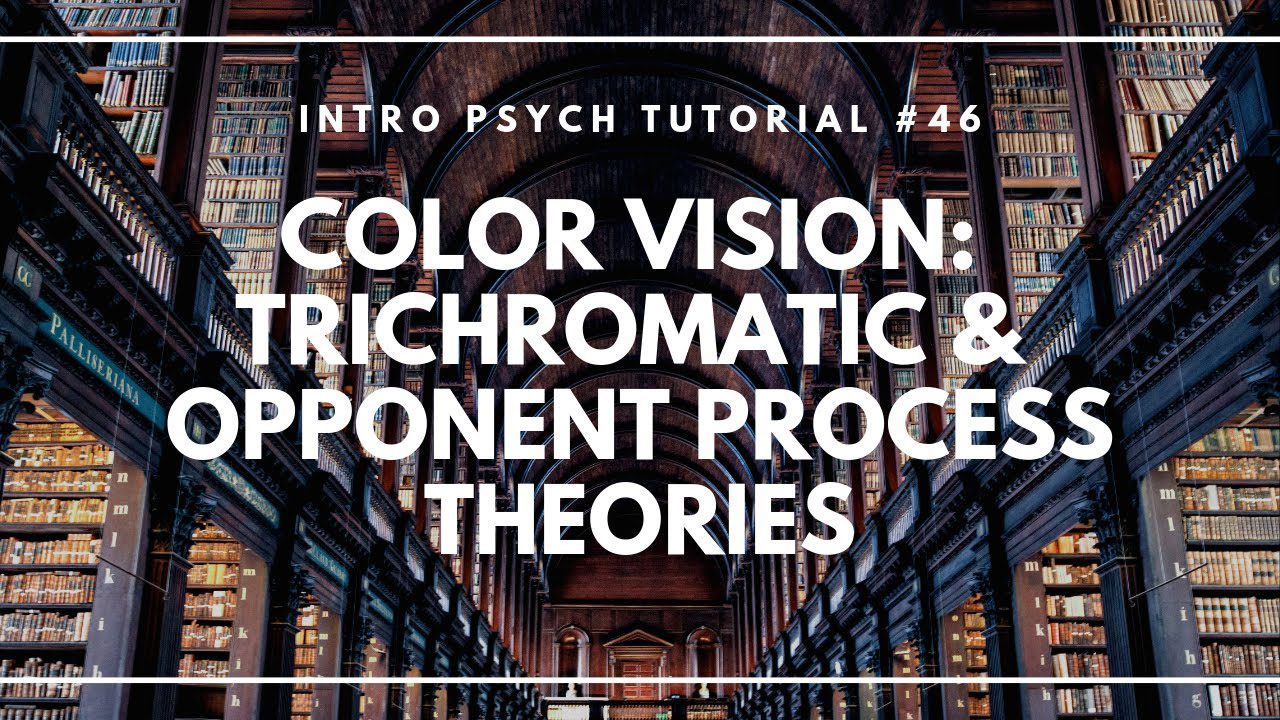
Complementary theories for understanding color vision
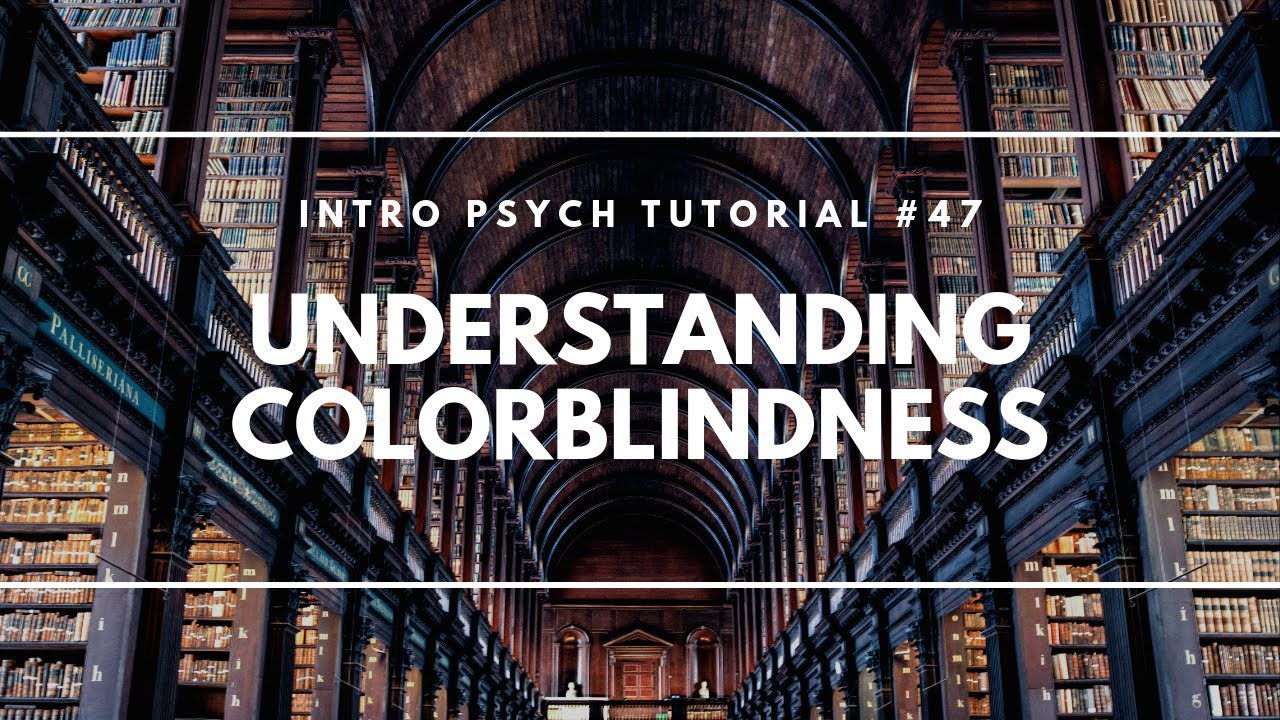
Types of colorblindness and their causes
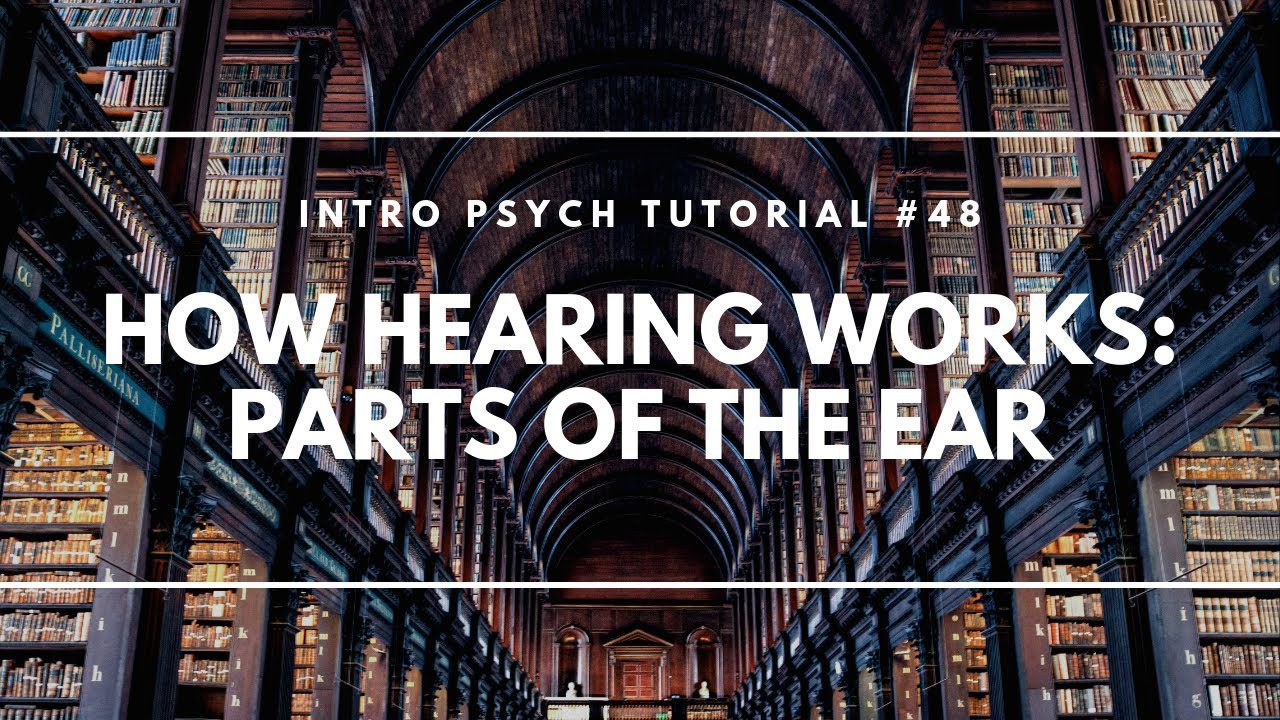
Structure and functions of parts of the ear

The vestibular sense for balance and orientation
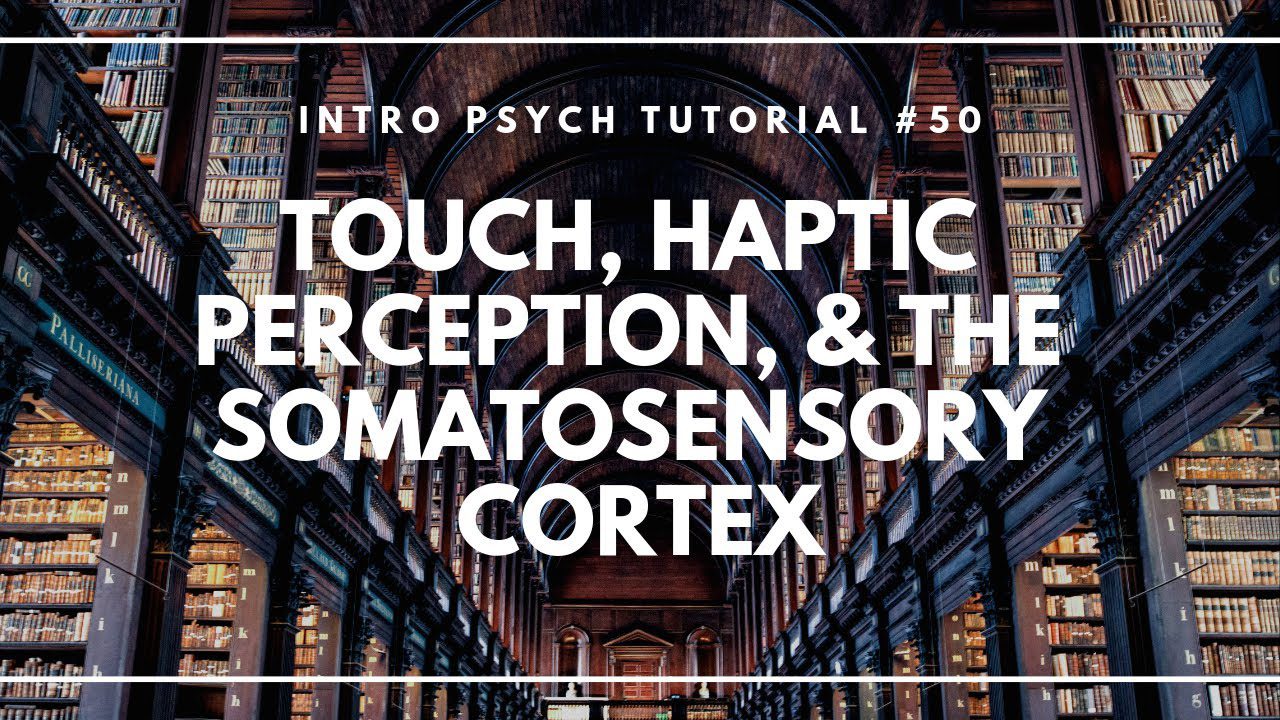
Touch signals and how they are processed in the brain
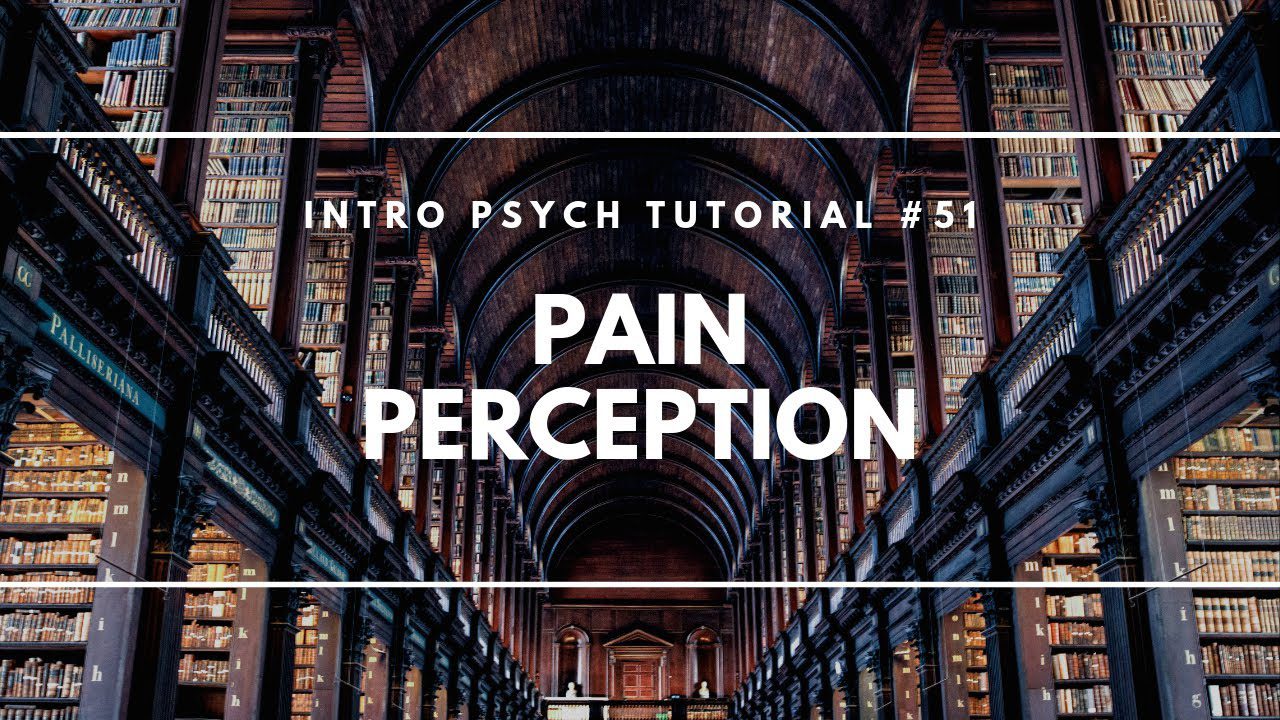
Fiber types for sending different pain messages in the body
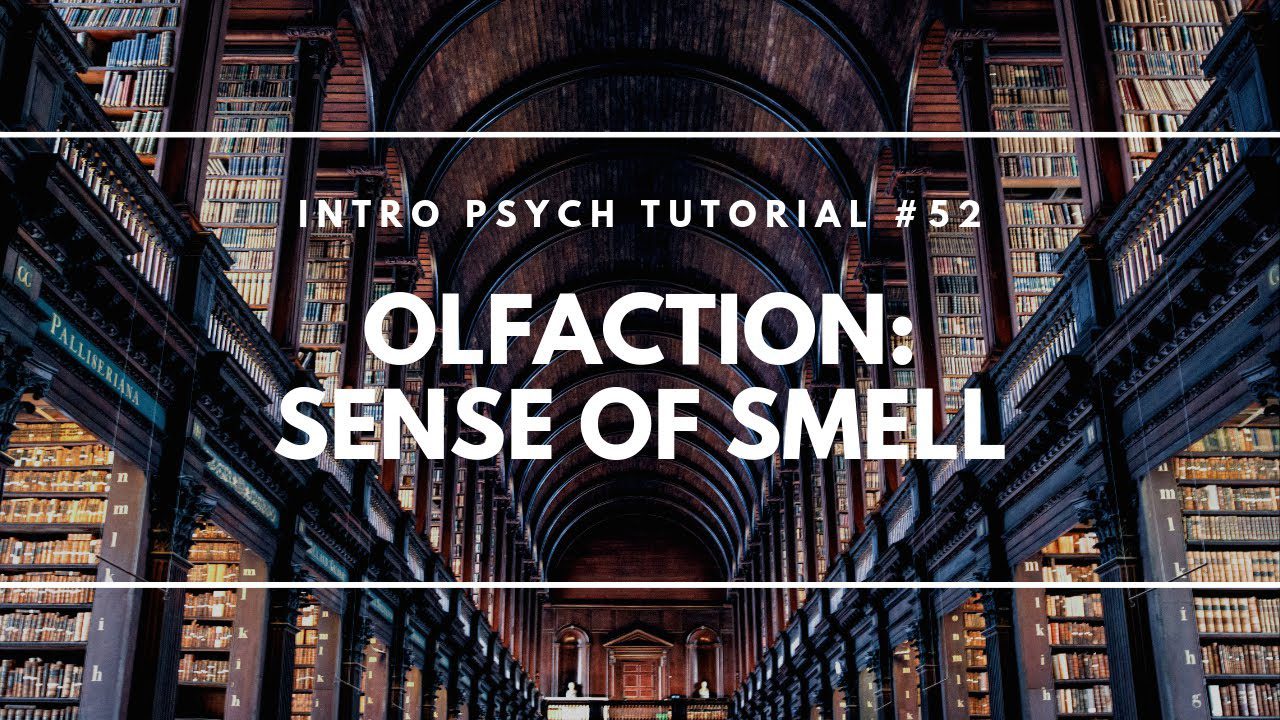
Parts of the olfactory sense for detecting scent
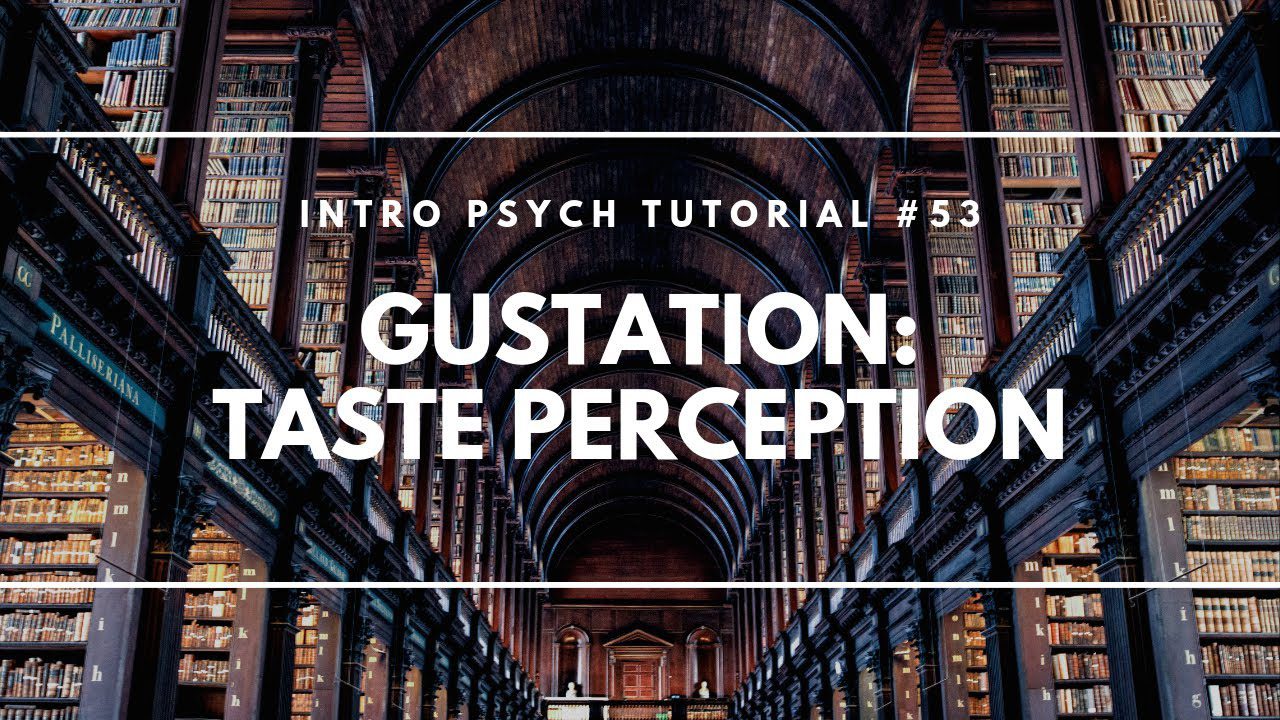
Parts of the gustatory sense for detecting taste
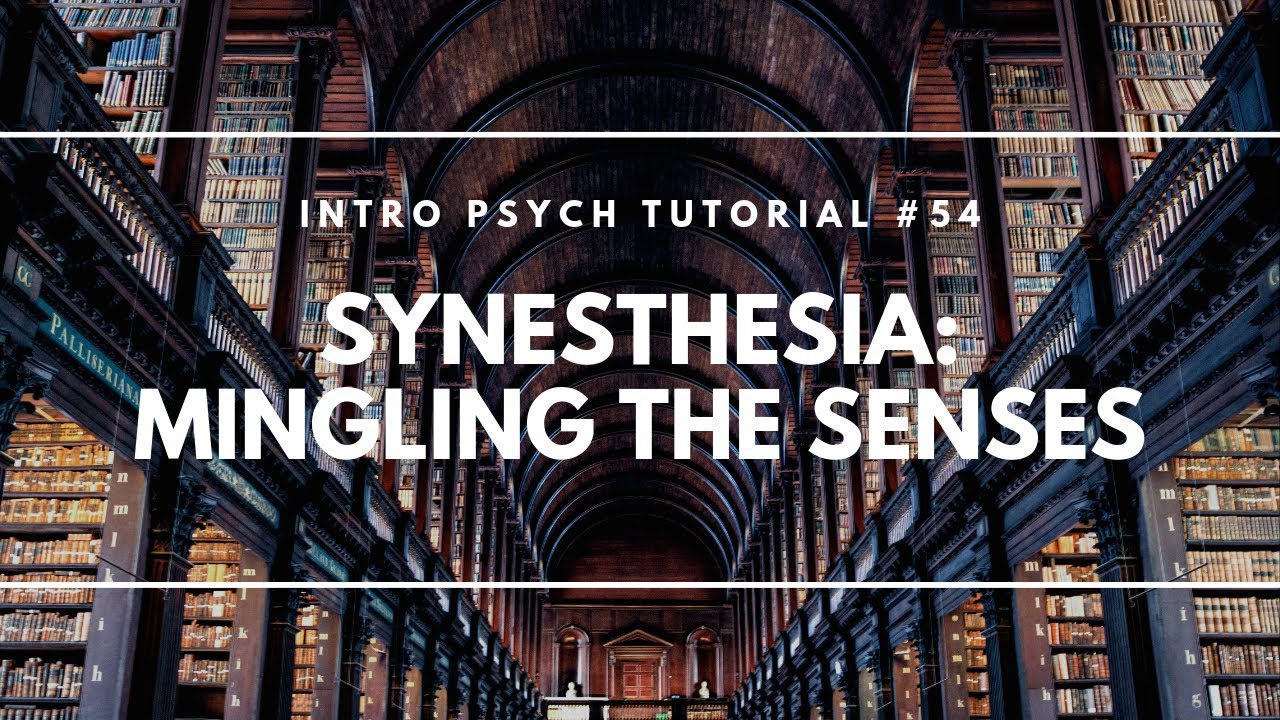
Synesthesia and how our senses interact
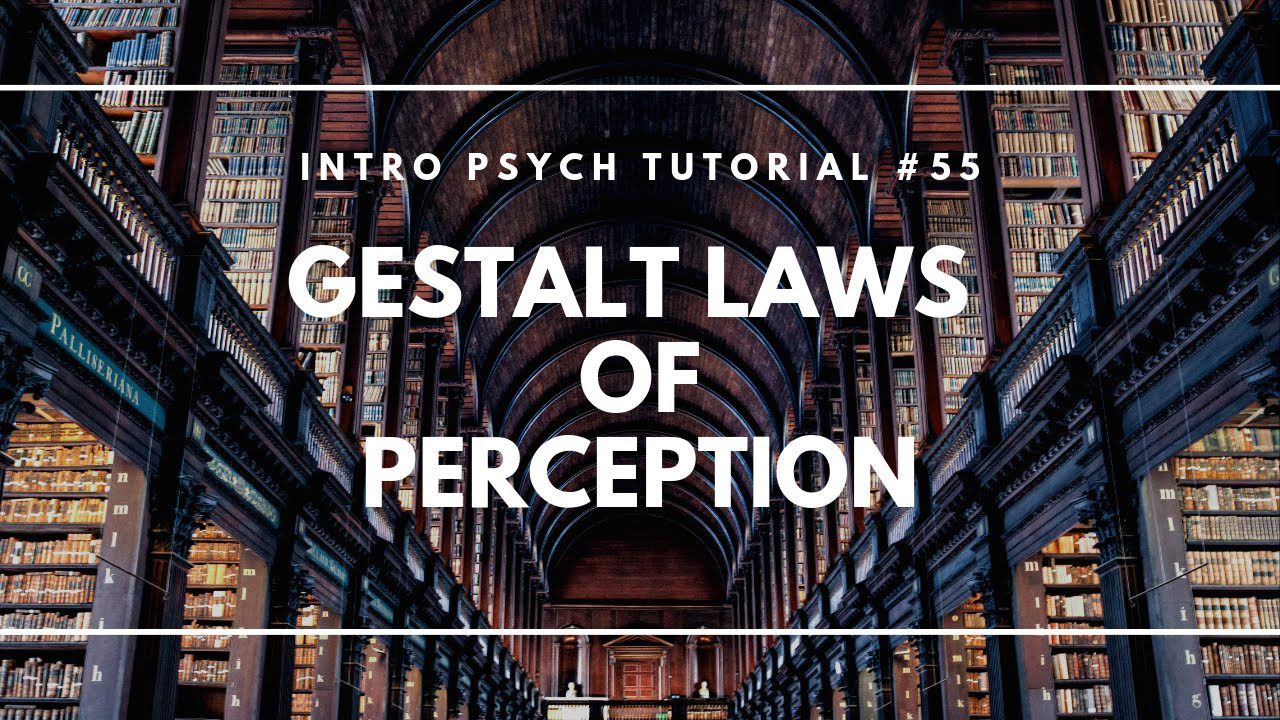
Gestalt Laws for how we organize perceptions of the world
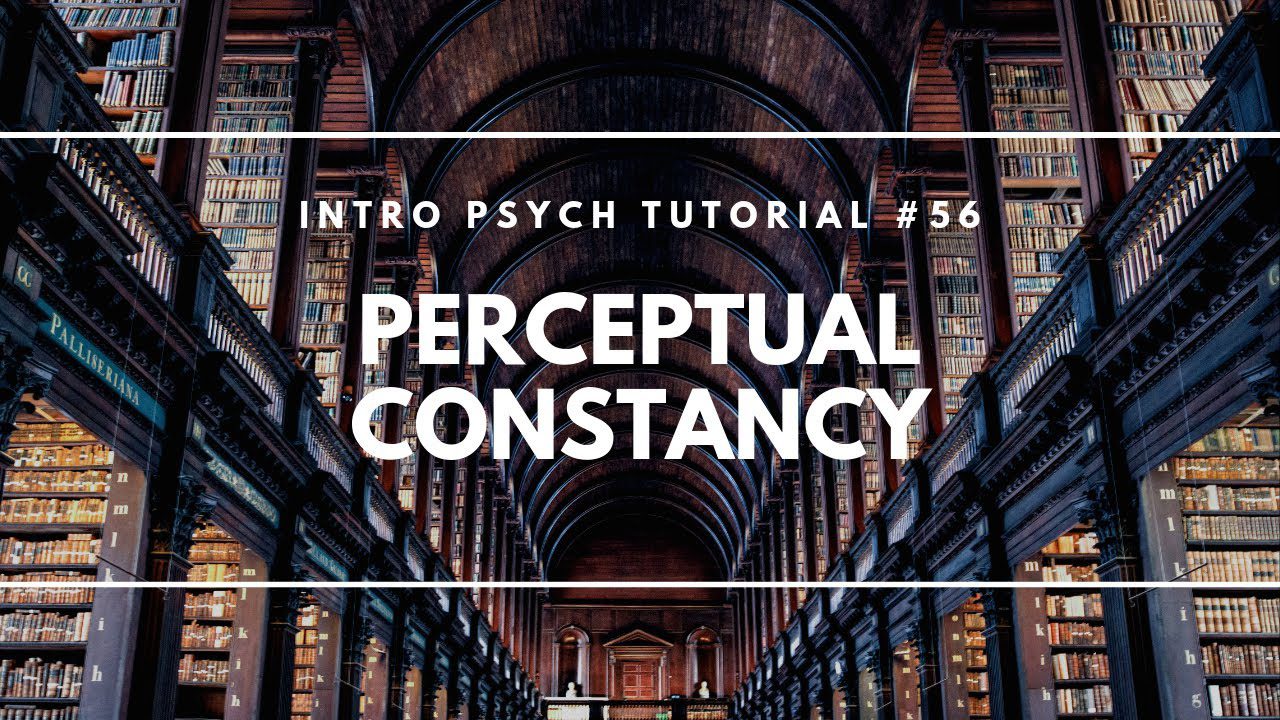
How we perceive a stable world with ever-changing perceptions
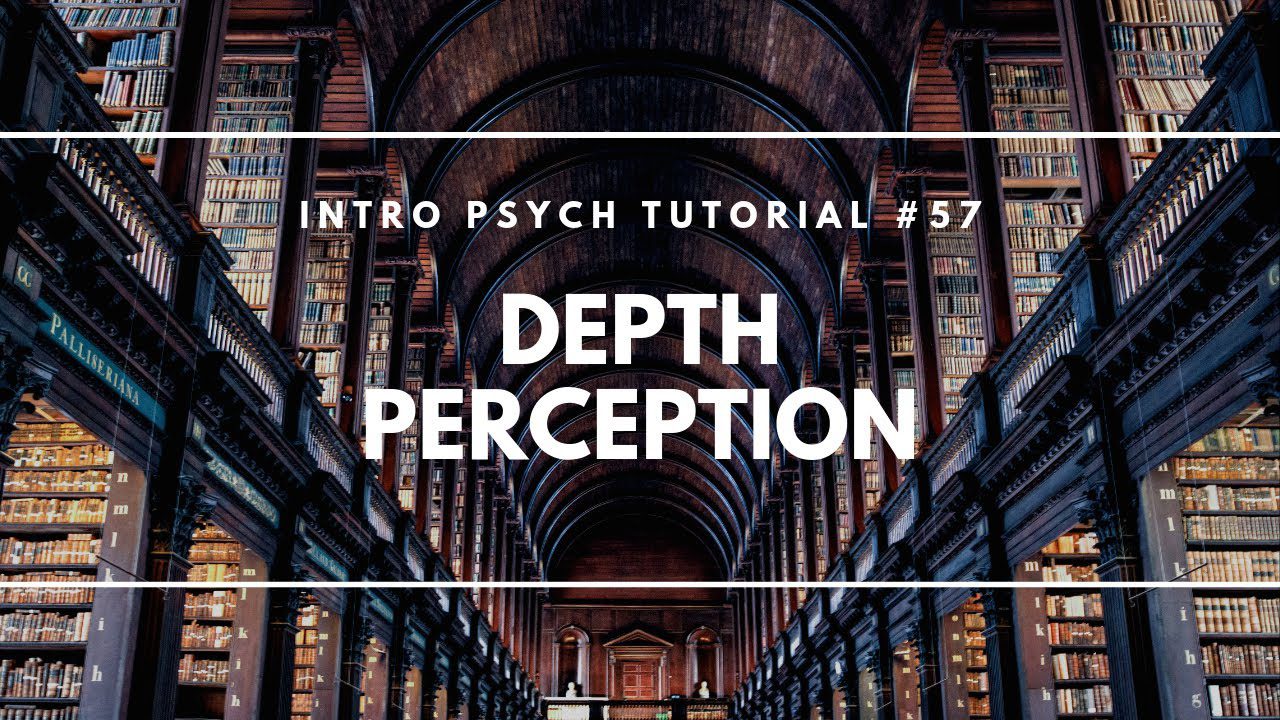
Cues for perceiving depth from flat retinal surfaces
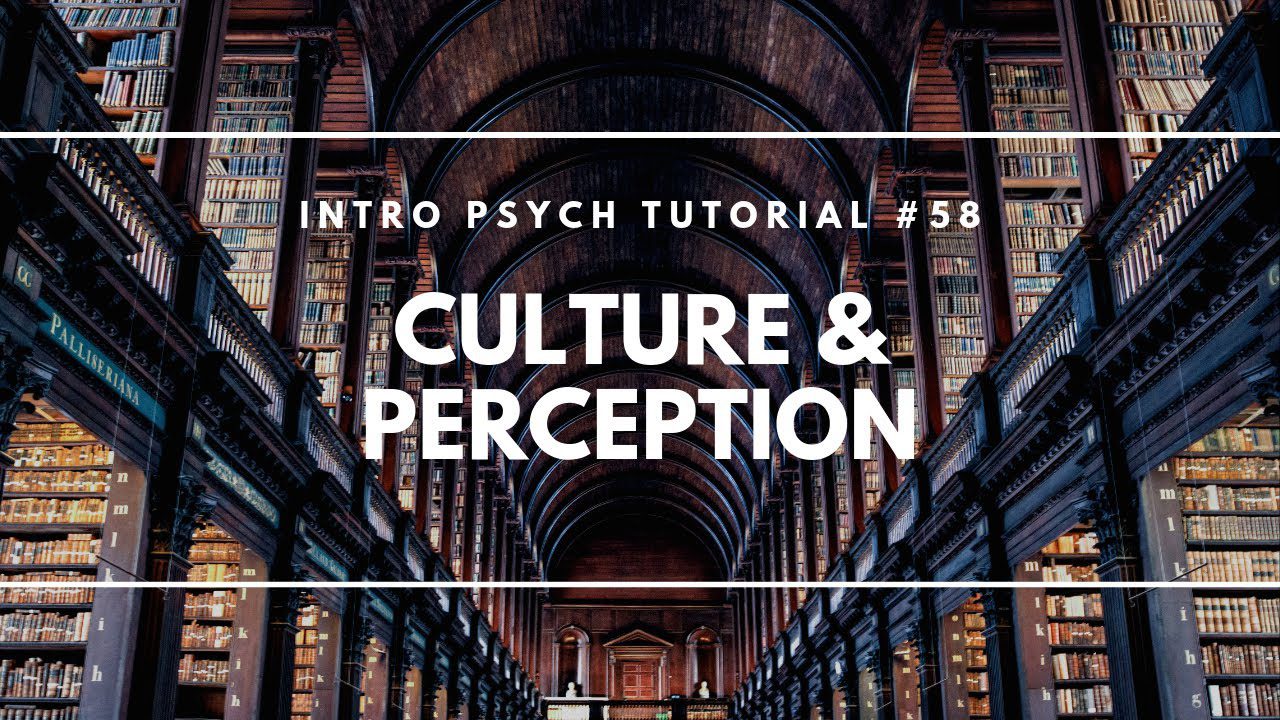
How experience and culture shape our perception of the world

Additional Resources:
